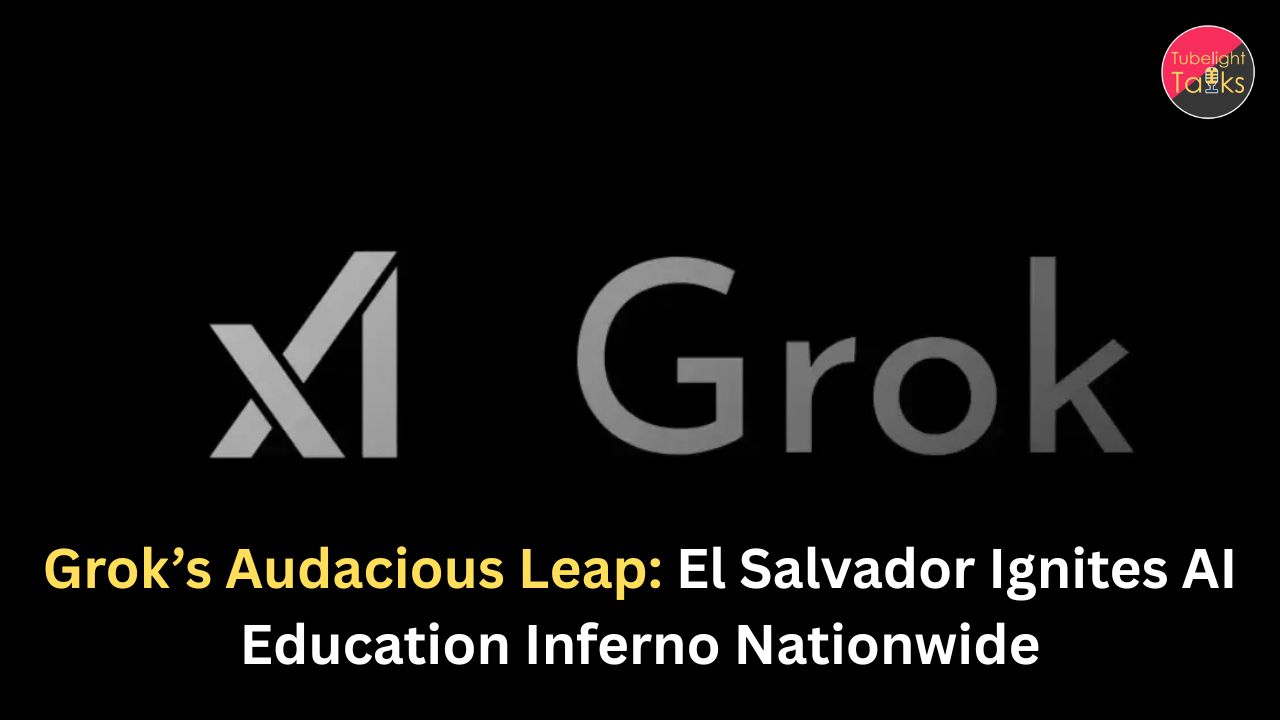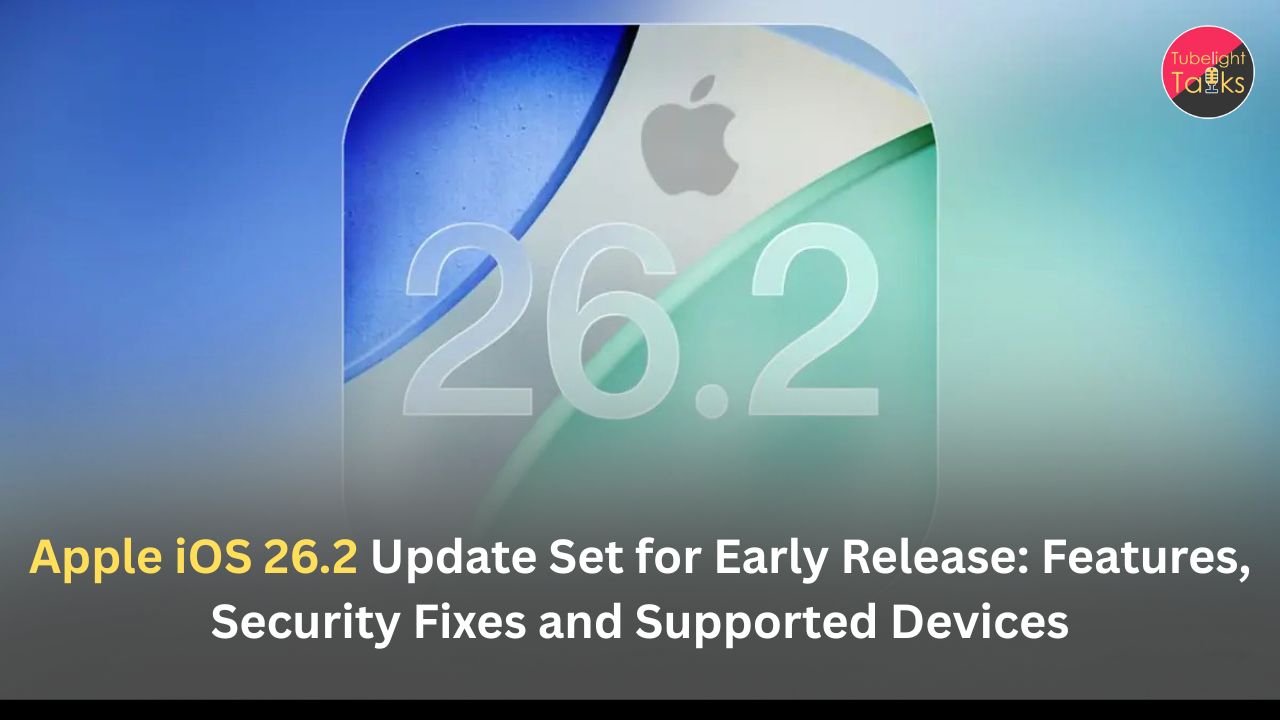In today’s fast-paced digital world, building a strong personal brand is no longer optional—it’s a must. Whether you’re a freelancer, college student, or a rising influencer, your online presence speaks louder than your resume.
2025 brings new opportunities—but also more competition. You need to stand out with a brand that clearly shows who you are, what you offer, and why you’re different. And it’s easier than ever to do—with the right steps.
This blog outlines 10 actionable ways to build your personal brand in 2025—from optimizing your LinkedIn profile to starting a personal blog, mastering SEO, and more. You’ll learn practical tips you can apply immediately, even if you’re just starting out.
Let’s unlock the power of your name, skills, and passion—and turn them into a personal brand that opens doors.
10 Detailed Steps to Build a Strong Personal Brand in 2025
Step 1: Define Your Personal Brand Identity
Before going online, get clear internally
- What are you passionate about?
- What problems can you solve?
- What’s your mission?
Write a simple personal brand statement, like:
“Helping small businesses grow through ethical content marketing.”
Use this as your brand message across platforms like LinkedIn, your website, and even your email footer.
Personal Brand Statement Examples:
- “I empower student entrepreneurs to build profitable businesses with zero funding.”
- “I design clean, story-driven visuals for ethical fashion brands.”
Use this branding as your compass for content, design, tone, and interactions.
Step 2: Choose Your Niche Wisely
In 2025, being specific = being successful.
Instead of being a “general content creator,” define yourself as:
- A “fitness copywriter for women”
- A “video editor for travel influencers”
A narrow niche helps you attract the right audience and become top-of-mind in your field.
Tip: Use tools like Google Trends, AnswerThePublic, or Reddit to explore niche questions people are asking.
Step 3: Optimize Your LinkedIn Profile
LinkedIn = your digital resume and reputation.
Steps:
- Upload a clear, friendly headshot
- Create a custom banner with your services or tagline
- Write a strong headline (not just your job title)
- Add a keyword-rich About section telling your story
- Highlight achievements, projects, and recommendations
Tip: Use SEO keywords in your headline and About section (e.g., “Remote SEO Specialist,Brand Copywriter”).
View your profile from the eyes of a recruiter, client, or collaborator. Is it persuasive?
Step 4: Build a Personal Website or Blog
Your website is your home base online—fully in your control.
Include:
- A strong bio
- A showcase of your best work (projects, case studies)
- A blog section for content marketing
- Contact details or a contact form
Platforms to use:
Wix, WordPress, Webflow, Framer
Buy your domain
(e.g., www.firstnamelastname.com).
Step 5: Start Blogging with SEO in Mind
SEO = Search Engine Optimization
It helps people find you via Google.
Start a blog and write on:
- Your niche tips
- Beginner how-tos
- Industry insights
- Your personal journey
Example topics:
“How I built my personal brand on LinkedIn in 90 days”
“Top design tools for students in 2025”
Use keywords like “personal branding for freelancers,” “LinkedIn tips for students,” etc.
SEO Tips:
- Use long-tail keywords (e.g., “best time to post on LinkedIn 2025”)
- Add internal links to your other blog posts
- Include FAQs in your blogs to increase dwell time
- Optimize meta titles and descriptions using Yoast (on WordPress)
Don’t just write what you like—write what people search for.
Step 6: Choose the Right Platforms & Be Consistent
You don’t have to be everywhere—just be strategic.
Platform Focus:
- Freelancers → LinkedIn, Behance, Twitter
- Influencers → Instagram, YouTube
- Students → LinkedIn, GitHub (tech), Medium
Show up weekly
- What you’re working on
- What you’re learning
- Wins, lessons, and tips
Over time, this builds authority.
Step 7: Build an Email List
Email is still the most personal way to connect.
Start simple:
- Offer a weekly newsletter with tips
- Create a free resource (e.g., a checklist or guide)
- Add an email sign-up form to your site
Use tools like:
- ConvertKit
- Substack
- MailerLite
An email list is a long-term asset that grows with your brand.
Step 8: Collaborate and Network Authentically
Collaboration = visibility + credibility.
Ideas:
- Guest post on other blogs
- Co-host a webinar
- Collaborate on YouTube/LinkedIn Lives
- Offer free value to mentors or peers
Avoid spammy DMs. Build genuine relationships through comments, shares, and support.
Step 9: Monitor and Manage Your Online Reputation
Google your name regularly.
Check:
- What shows up first?
- Are your profiles updated and clean?
- Any old, embarrassing content to remove?
- Set up Google Alerts to track your name or brand keywords.
Control the narrative by updating bios, removing outdated info, and replying professionally to all public comments.
Tools to help:
- BrandYourself – tracks your online presence
- Google Alerts – email notifications for your name/brand keywords
Stay ahead by curating your digital footprint regularly.
Step 10: Keep Evolving and Stay Consistent
Brands evolve. So should you.
Review
- Bios & photos every 3 months
- Portfolio every 6 months
- Skills and offers every year
Keep learning. Stay updated with trends in your niche.
What worked in 2022 may not work in 2025—adapt and grow.
Consistency compounds. Keep showing up even when it’s quiet—momentum builds silently
From Influence to Impact: How to Build a Brand That Serves Others
While building a personal brand often focuses on visibility and fame, true branding begins with self-awareness and truth. As Sant Rampal Ji Maharaj teaches:
“One who knows the self, recognizes the Supreme.”
Your personal brand should not be about ego or competition—it should reflect your real values, your purpose, and your intention to serve and uplift others.
By following Satgyaan (True Spiritual Knowledge), your personal brand becomes a tool for contribution, not just recognition. Just like spirituality requires consistency, discipline, and inner clarity, so does branding yourself truthfully in this digital world.
FAQs
Q1. What is the most effective platform for personal branding in 2025?
LinkedIn is the most trusted platform for professionals, freelancers, and students.
Q2. Can students build a personal brand without job experience?
Absolutely. Start with showcasing your learning journey, school projects, and internships.
Q3. Do I need a personal website to build a brand?
Yes, it helps establish authority. Tools like Wix and WordPress make it easy—even without coding.
Q4. How often should I post on LinkedIn or blogs?
Post on LinkedIn once or twice a week and publish blog content 2–4 times a month.
Q5. What are some tools to grow my personal brand?
LinkedIn, Wix, Canva, Notion, Google Docs, ConvertKit, Mailchimp, Ahrefs (for SEO










